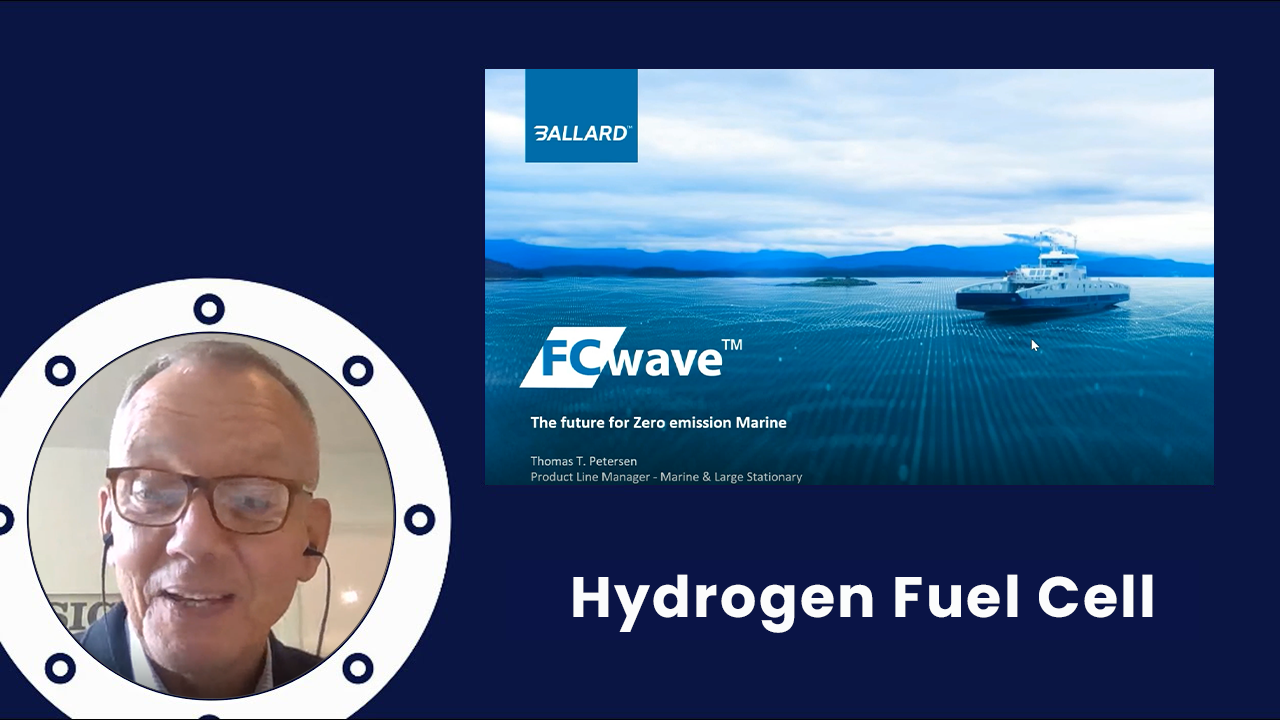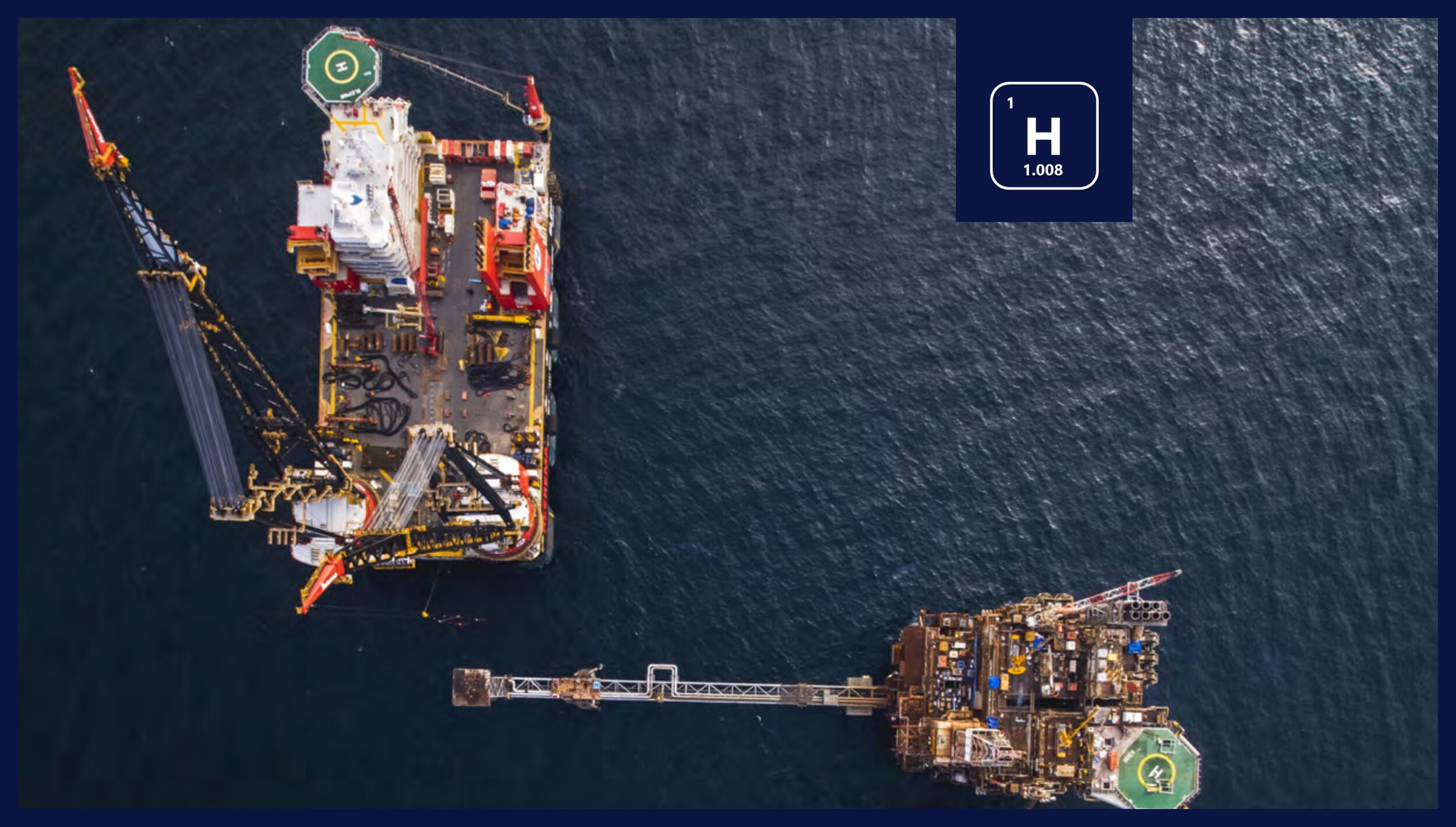BP and Ørsted launch green hydrogen project at German oil refinery
Summary - BP and Ørsted have partnered to develop zero-carbon ‘green hydrogen’ at BP’s Lingen Refinery in north-west Germany, BP's first full-scale project in a sector that is expected to grow rapidly. The 50 MW electrolyser project is expected to produce 1 ton of hydrogen per hour - almost 9,000 tonnes a year - starting in 2024. The project could be expanded to up to 500 MW at a later stage to replace all of Lingen’s fossil fuel-based hydrogen. Final investment decision is due for 2022.
A bird’s eye view of the BP refinery in Lingen, a mere 25 kilometers away from the Dutch border. The Lingen Refinery processes about five million tonnes of crude oil a year (about 100,000 barrels a day), producing fuels, heating oil and chemical feedstocks. In 2018 Lingen conducted the world’s first trial of green hydrogen in a fuels refinery.
The future of hydrogen is green
The project will produce so-called ‘green hydrogen’ at the Lingen refinery in north-west Germany. Hydrogen is called ‘green’ when there are no greenhouse gasses created when it is made by means of water electrolysis. Electrolysis splits water into hydrogen and oxygen gases. When powered by renewable energy (Ørsted will provide wind power from the North Sea) this produces ‘green’ hydrogen, without generating direct carbon emissions. Hydrogen is widely used in refinery processes where – as in Lingen – it is now typically produced by reforming natural gas, which does result in CO2 emissions.
The project is in its early stages and initially aims to build a 50 megawatt [MW] electrolyser to replace 20% of natural gas-based hydrogen at the plant, BP said in a statement. Production is expected to start in 2024 and should produce one tonne of green hydrogen an hour, almost 9,000 tonnes a year. This would be sufficient to replace around 20% of the refinery’s current grey hydrogen consumption, avoiding around 80,000 tonnes of CO2 equivalent emissions a year – equivalent to the emissions from around 45,000 cars in Germany.
The project could be expanded to up to 500 MW at a later stage to replace all of Lingen’s fossil fuel-based hydrogen, Louise Jacobson Plutt, BP’s senior vice president for hydrogen. The project is also intended to support a longer-term ambition to build more than 500MW of renewable-powered electrolysis capacity at Lingen. This could provide green hydrogen to both meet all the refinery’s hydrogen demand and provide feedstock for potential future synthetic fuel production.
Why is green hydrogen such a big deal?
Hydrogen is used throughout the chemical and industrial sector as feedstock to make all kinds of products, such as fuels. Martin Neubert, executive vice president and CEO of offshore wind for Ørsted, added: “Heavy industries such as refineries use large quantities of hydrogen in their manufacturing processes. They will continue to need hydrogen, but replacing the current fossil-based hydrogen with hydrogen produced from renewable energy can help these industries dramatically lower their CO2 footprint. To do so however, renewable hydrogen has to become cost competitive with fossil-based hydrogen, and for that we need projects such as this with BP’s Lingen refinery which will demonstrate the electrolyser technology at large scale and showcase real-life application of hydrogen based on offshore wind.”
The use of green hydrogen is expected to grow sharply in the coming decades as the European Union and governments around the world seek to reduce greenhouse gas emissions to net zero by 2050. BP is looking for a piece of the hydrogen pie and aims to expand its hydrogen output to 10% of the market by 2030. Dev Sanyal, BP’s executive vice president for gas and low carbon, said: “Hydrogen will have an increasing role to play in meeting the energy demands of a decarbonizing world. And we are determined to build a leading position in this emerging industry. Bringing together Ørsted and BP, Lingen Green Hydrogen offers the opportunity both to accelerate significant emissions reduction in our refinery and build experience of large-scale green hydrogen production and deployment. This has the potential to play an important role in the development of a hydrogen economy, in Germany and beyond.”
The technology to create everything in the chemical industry with synthetic or bio-based materials is already here. It’s just the costs.
Potentially, circular fuel can be created out of thin air using green hydrogen and CO2.
Why are we not doing this already?
Green hydrogen is much more expensive than natural gas-based, or grey, hydrogen. Reducing its cost of production will be key to expand the use of the fuel. “We see a path to (price) parity with grey hydrogen by the end of the decade as more green hydrogen projects are launched and technology advances”, Anders Nordstrom, Ørsted vice president for hydrogen said. The projected cost of the projected was not disclosed.
BP and Ørsted have applied for funding from the EU Innovation Fund to support the Lingen project. The fund will distribute €10 billion ($11.8 billion) between 2020 and 2030 focusing on energy storage, carbon capture and technology to decarbonize industry. Its focus is on what it describes as “highly innovative” and “big flagship” projects.
Ørsted already has several green hydrogen projects underway covering industry and transport. Last month it announced a 100 MW green ammonia project in partnership with a fertilizer firm in the Netherlands. Ørsted has tempered expectations for its hydrogen project announcements by highlighting that it requires public funding in order for the investments to make sense.
“Renewable hydrogen has to become cost competitive with fossil-based hydrogen, and for that we need projects such as this with BP’s Lingen refinery.”
Why Germany?
Lingen is the center of a planned hydrogen network in the region of Emsland that includes a number of uses, including supplying hydrogen refueling stations and using waste heat from the electrolysis for local district heating. The GET H2 project, which counts utility RWE and industrial giant Siemens among its members, will also include hydrogen-fueled turbines to generate electricity when the grid needs rebalancing. The German Federal Ministry of Economic Affairs and Energy has also backed the Westküste 100 project, which is similarly linking end users, including Hamburg Airport and cement manufacturers, with electrolysers powered by offshore wind and gas transmission infrastructure.
New research released by the consultancy Aurora found that Germany is the most attractive market for hydrogen development as things stand. As well as boasting a supportive policy environment, the country is already the largest hydrogen end user, responsible for one-fifth of Europe's consumption. Aurora also points out that it is a hub in the existing natural-gas grid on continental Europe, with vast salt caverns that present an opportunity for mass hydrogen storage in the future. Aurora estimates that the hydrogen market could be worth at least €120 billion annually by 2050.
The German utilities E.ON and Uniper are making hydrogen plans along with RWE. The recent spinoff Siemens Energy plans to be heavily involved in the hydrogen supply chain, including hydrogen gas-to-power turbines and electrolysers.
References & Further Reading
Reuters - BP, Orsted launch green hydrogen project at German oil refinery
BP - BP and Ørsted to create renewable hydrogen partnership in Germany
Greentechmedia - BP and Ørsted Launch Green Hydrogen Partnership
Breakbulk - (Europe) 50MW Electrolyser at Lingen Refinery
Cleantechnica - Ørsted and BP will partner on Green Hydrogen Project In Germany










